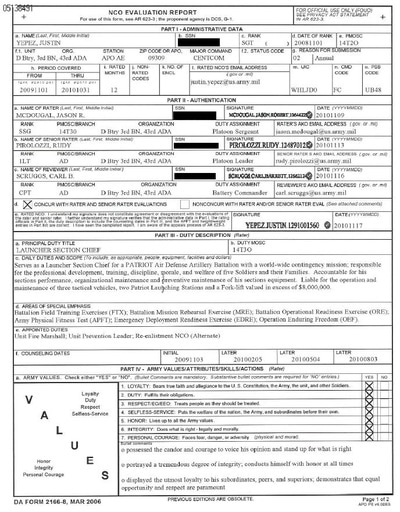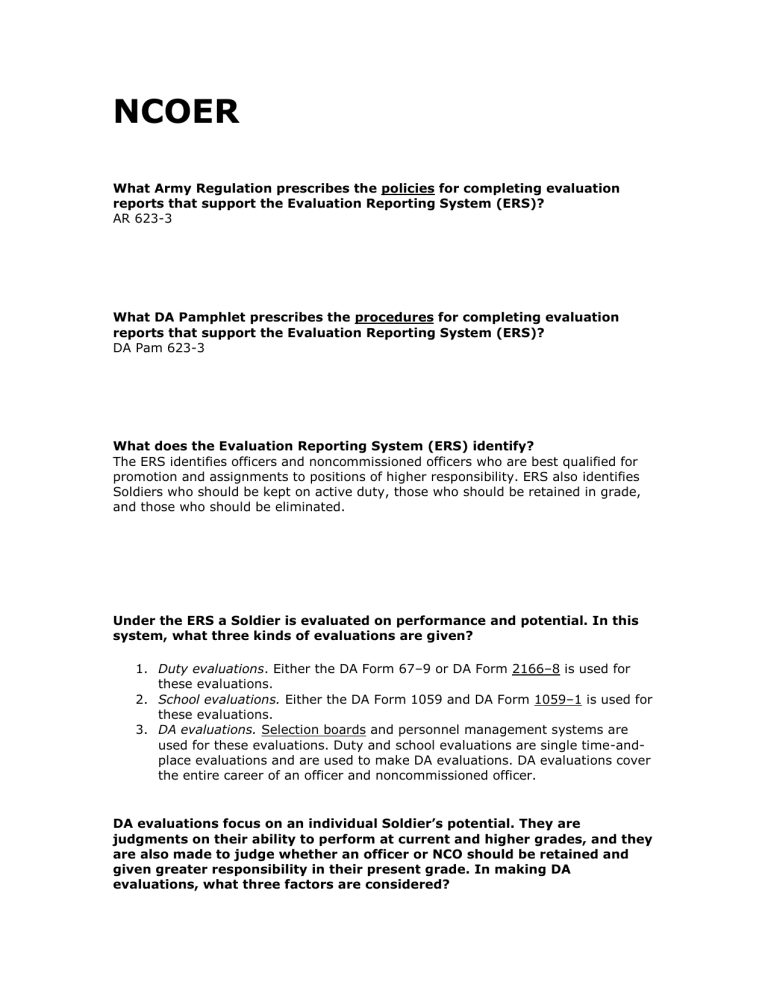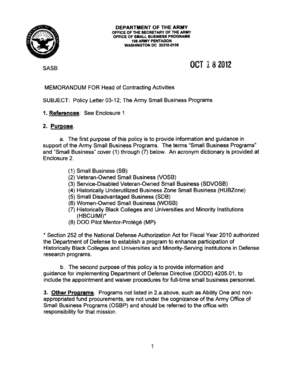Army Regulation On Ncoer : What it is
What Is an NCOER and Why Does It Matter?
The Noncommissioned Officer Evaluation Report (NCOER) is a critical document used in the U.S. Army to assess the performance and potential of noncommissioned officers (NCOs). It serves as a comprehensive evaluation tool that helps commanders and senior leaders make informed decisions about promotions, assignments, and professional development opportunities for NCOs. Let's dive deeper into the Army Regulation (AR) governing NCOERs and understand their significance in the military.
The Army Regulation on NCOER: AR 623-3
AR 623-3, also known as the Evaluation Reporting System (ERS) regulation, provides the guidelines and procedures for conducting NCOERs. It outlines the purpose, responsibilities, and processes associated with evaluating NCOs in the U.S. Army. This regulation is crucial for leaders at all levels and sets the expectations for the evaluation process.
Rater Quick - Army Counseling Online
One of the resources available to aid in understanding AR 623-3 is the "Rater Quick" guide provided by Army Counseling Online. This guide serves as a quick reference for raters and provides valuable insights into the key elements of the NCOER process. It offers tips, examples, and explanations that can assist raters in completing accurate and effective evaluations.

NCO Bullets for Performance Objectives | notsimply
Another resource worth exploring is the collection of NCO bullets for performance objectives by "notsimply." These bullets provide specific examples of performance objectives for NCOs that can be used as a reference by raters when assessing an NCO's performance. They provide ideas and inspiration for crafting meaningful and accurate bullet comments that highlight an NCO's accomplishments and contributions.
How to Write Effective NCOERs
Writing effective NCOERs requires attention to detail, clarity, and consistency. Here are some tips to help you write compelling and informative NCOERs:
- Focus on Specific Accomplishments: When evaluating an NCO, focus on their tangible achievements and measurable outcomes. Highlight their contributions to mission success, leadership abilities, and their impact on subordinates and the organization.
- Use Action Words and Metrics: Incorporate action words, such as "led," "supervised," "innovated," etc., to describe the NCO's actions. Whenever possible, quantify their accomplishments with metrics, such as the number of personnel trained, projects completed, or improvements implemented.
- Provide Balanced Feedback: While it's essential to highlight an NCO's strengths and successes, be sure to address areas for improvement as well. Constructive criticism helps individuals grow and develop their skills further.
Frequently Asked Questions (FAQ)
- Q: Can an NCOER impact an NCO's career advancement?
- Q: How often are NCOERs conducted?
- Q: Who is responsible for conducting NCOERs?
A: Yes, NCOERs play a crucial role in an NCO's career advancement. Positive evaluations can lead to promotions and selection for key assignments, while negative evaluations may hinder career progression.
A: NCOERs are conducted annually for all NCOs. Additional evaluations may be conducted due to specific circumstances, such as a change in duty assignment or promotion eligibility.
A: NCOERs are primarily conducted by the rater, who is typically the immediate supervisor of the rated NCO. However, input is also sought from the senior rater and the rated NCO themselves.
Mastering the art of writing NCOERs is essential for any leader in the U.S. Army. By following the regulations, utilizing available resources like the "Rater Quick" guide and the NCO bullets for performance objectives, and employing effective writing techniques, you can ensure that your evaluations accurately reflect an NCO's contributions and potential. Remember, providing thoughtful and thorough assessments is crucial for the growth and success of our NCOs and the Army as a whole.
Rater Quick - Army Counseling Online
rater quick
Army Manual Dispatch Form
 Image Source : diagramenginejared123.z21.web.core.windows.net
Image Source : diagramenginejared123.z21.web.core.windows.net Army Regulation On Ncoer - Army Military
Army Ncoer Regulation - Army Military
 Image Source : armymilitary.net
Image Source : armymilitary.net Army Ncoer Regulation - Army Military
 Image Source : armymilitary.net
Image Source : armymilitary.net Regulatory Policy Examples
 Image Source : porticorestaurant.ca
Image Source : porticorestaurant.ca New NCOER Forms, Guidelines To Be Posted Tuesday
:quality(70)/arc-anglerfish-arc2-prod-mco.s3.amazonaws.com/public/2KAXA5AIENEFDBD3GJRH5L2L6Q.jpg) Image Source : www.armytimes.com
Image Source : www.armytimes.com ncoer nco enlisted mandatory ncos armytimes
Nco Bullets For Performance Objectives | Notsimply
 Image Source : www.notsimply.za.com
Image Source : www.notsimply.za.com Army ncoer regulation. Army regulation on ncoer. Regulatory policy examples. New ncoer forms, guidelines to be posted tuesday. Rater quick